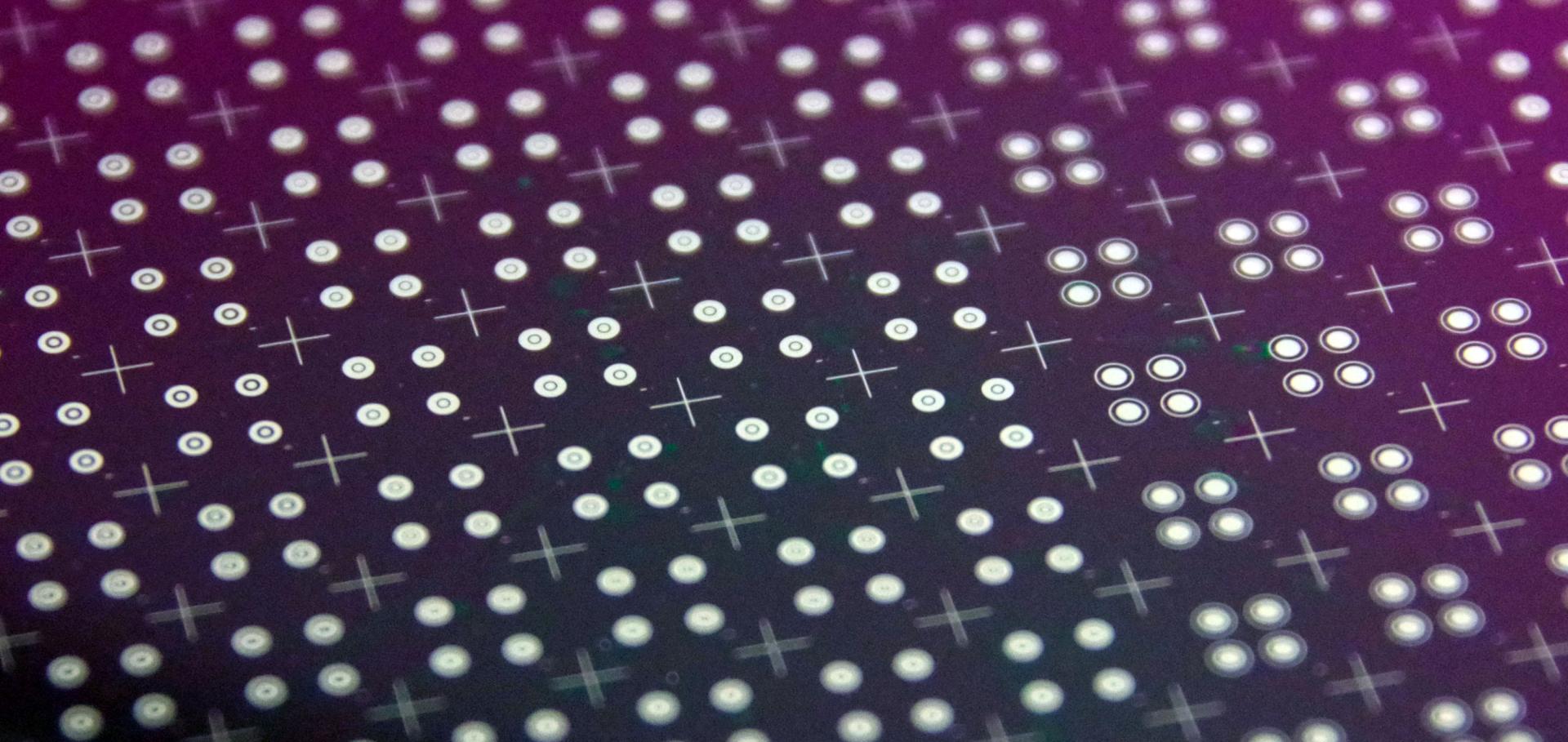Double-Bracket Algorithmic Cooling
(2025)
Automating quantum computing laboratory experiments with an agent-based AI framework
Patterns Elsevier (2025) 101372
Abstract:
Fully automated self-driving laboratories promise high-throughput, large-scale scientific discovery by reducing repetitive labor. However, they require deep integration of laboratory knowledge, which is often unstructured, multimodal, and hard to incorporate into current AI systems. This paper introduces the “k-agents” framework, designed to support experimentalists in organizing laboratory knowledge and automating experiments with agents. The framework uses large-language-model-based agents to encapsulate laboratory knowledge, including available operations and methods for analyzing results. To automate experiments, execution agents break multistep procedures into agent-based state machines, interact with other agents to execute steps, and analyze results. These results drive state transitions, enabling closed-loop feedback control. We demonstrate the system on a superconducting quantum processor, where agents autonomously planned and executed experiments for hours, successfully producing and characterizing entangled quantum states at human-level performance. Our knowledge-based agent system opens new possibilities for managing laboratory knowledge and accelerating scientific discovery.Characterization of nanostructural imperfections in superconducting quantum circuits
Materials for Quantum Technology IOP Publishing 5:3 (2025) 035201
Abstract:
Decoherence in superconducting quantum circuits, caused by loss mechanisms like material imperfections and two-level system (TLS) defects, remains a major obstacle to improving the performance of quantum devices. In this work, we present atomic-level characterization of cross-sections of a Josephson junction and a spiral resonator to assess the quality of critical interfaces. Employing scanning transmission electron microscopy combined with energy-dispersive x-ray spectroscopy and electron-energy loss spectroscopy, we identify structural imperfections associated with oxide layer formation and carbon-based contamination, and correlate these imperfections to the patterning and etching steps in the fabrication process and environmental exposure. These results suggest that TLS imperfections at critical interfaces significantly contribute to limiting device performance, emphasizing the need for an improved fabrication process.Intrinsic Multi-Mode Interference for Passive Suppression of Purcell Decay in Superconducting Circuits
(2025)


